5 Alarming Red Flags That Scream Colon Cancer Might Be Present
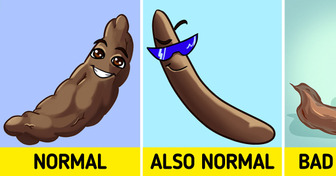
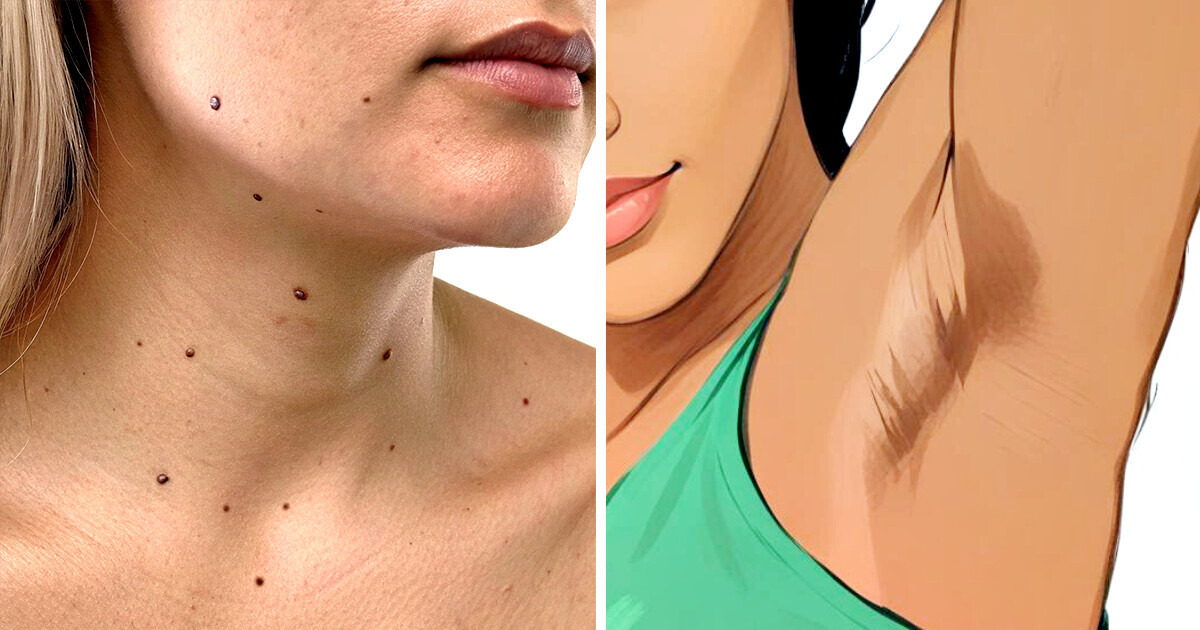
Diabetes is a serious condition that can develop gradually, often without obvious symptoms in the early stages. Many people experience warning signs but dismiss them as minor health problems. Recognizing these subtle clues can be crucial for early diagnosis and treatment. In this article, we'll explore 10+ symptoms that, if understood, can help you take action before the condition progresses.
CONTENT IS FOR INFORMATIONAL PURPOSES ONLY AND IS NOT INTENDED TO BE A SUBSTITUTE FOR MEDICAL ADVICE.
SEEK THE ADVICE OF YOUR PHYSICIAN REGARDING YOUR HEALTH AND MEDICAL CONDITIONS.
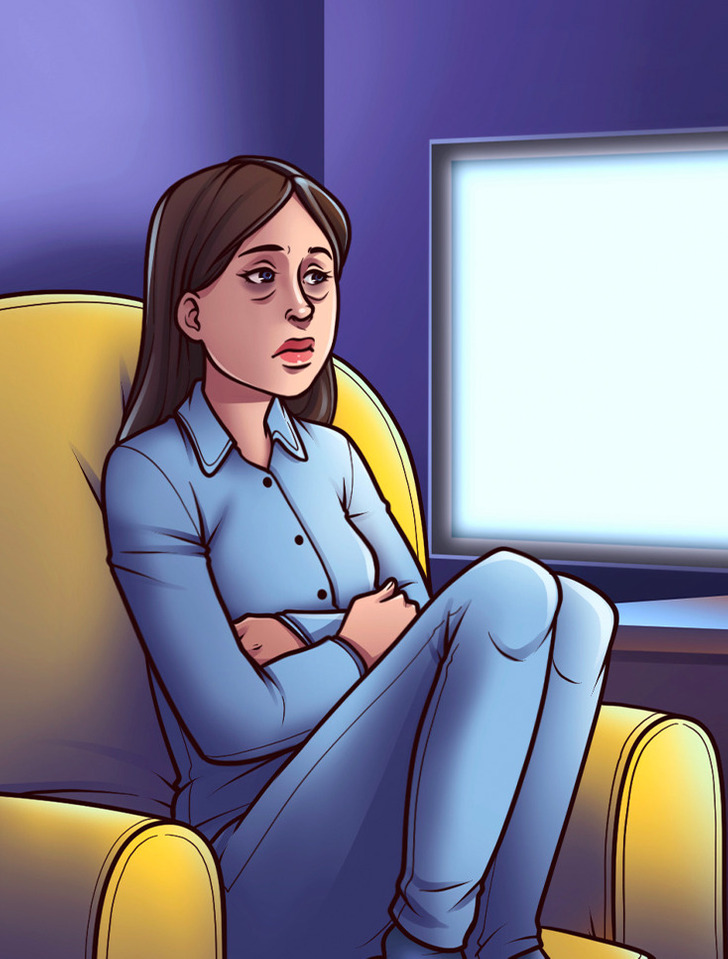
There is emerging research suggesting that fluctuations in blood sugar levels can affect mood and cognitive function. For instance, studies have observed that sudden changes in blood glucose may be linked to irritability, anxiety, or even aggression. However, these symptoms are nonspecific and can be attributed to many other causes such as stress or lack of sleep. They may serve as a supplementary clue but are not diagnostic on their own.

A dark, velvety patch of skin that appears on the neck, armpits, groin, or elsewhere may be a sign of prediabetes. This condition, known as acanthosis nigricans, is often an early warning sign of diabetes or prediabetes.
Although it can sometimes develop in people with no underlying health problems, it is often associated with insulin resistance. If you notice these patches, it is important to see a doctor for further evaluation.
In diabetes, the inability of cells to absorb glucose properly means that—even after eating—the body still craves energy. This can result in constant hunger and, paradoxically, weight loss despite an increased appetite. These are classic hallmarks of both type 1 and type 2 diabetes.
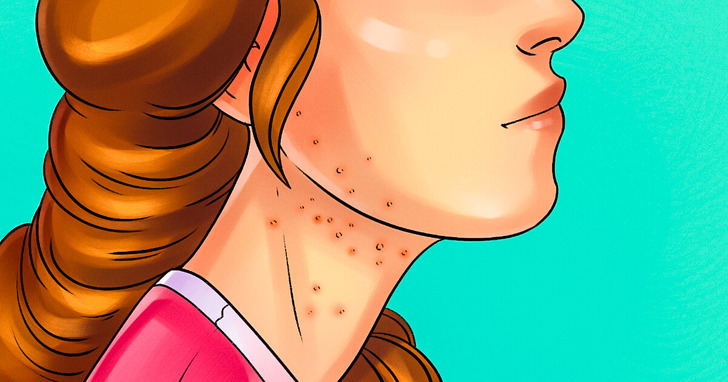
Several articles and even sensationalist headlines in tabloids mention unusual skin findings (like acanthosis nigricans—a dark, velvety discoloration often found on the neck or underarms) and gum disease as potential early indicators. Medical research does support that prolonged high blood sugar can lead to skin changes and periodontal issues, but these manifestations tend to occur later in the course of the disease rather than as initial symptoms.
Elevated blood sugar levels can impair the body’s ability to deliver energy to cells, leading to persistent fatigue. Additionally, high glucose can alter the fluid balance in the lenses of the eyes, causing temporary blurred vision. These symptoms are well documented in clinical practice.

Both the American Diabetes Association (ADA) and the Cleveland Clinic confirm that polyuria (frequent urination) and polydipsia (increased thirst) are among the most common early signs of high blood sugar. When excess glucose spills into the urine, your kidneys work overtime to excrete it, leading to dehydration and a persistent need to drink fluids.
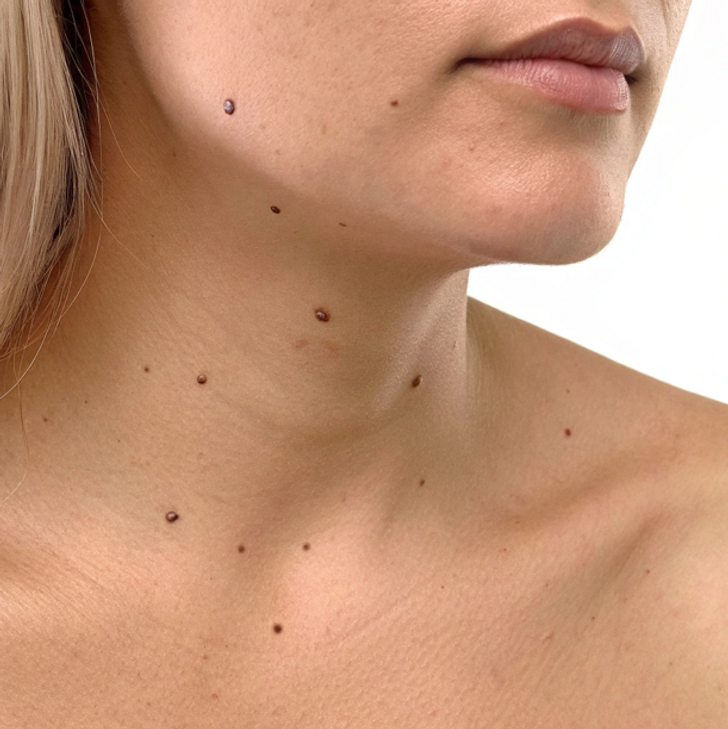
Skin tags are common, benign skin growths that can appear on different parts of the body. Some are firmly attached to the skin, while others hang from a small stalk. Medically, these growths are called acrochordons.
Although skin tags can form anywhere on the body, they are most commonly found on the eyelids, neck, armpits, and groin. While they are harmless, having a large number of them may indicate an underlying medical condition, such as type 2 diabetes. If you notice an unusual number of skin tags, you may want to see a doctor to determine if you need to be tested for diabetes.
Chronic hyperglycemia can impair circulation and weaken the immune system. As a result, small cuts or infections (such as skin or urinary tract infections) may take longer to resolve.

Tingling and numbness in the extremities may be a sign of prediabetes. Elevated blood glucose levels can damage small nerves, leading to a condition known as diabetic neuropathy. In addition to tingling and numbness, this condition can also cause a burning sensation in the hands, arms, and feet or the sensation of socks bunching up under the toes.
Early detection and treatment of prediabetes can help reduce these symptoms and lower the risk of developing diabetic neuropathy.
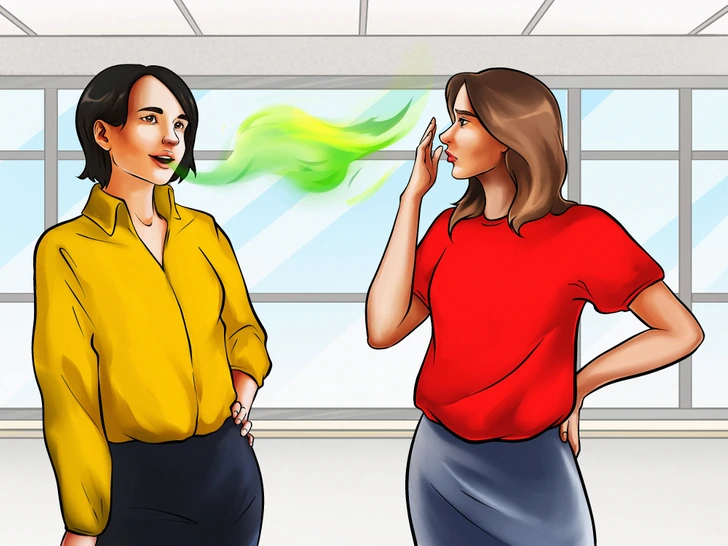
A fruity or acetone-like breath is most often associated with diabetic ketoacidosis (DKA), a severe complication more typical in type 1 diabetes when insulin levels fall dangerously low. While several media reports highlight “smelly breath” as an early warning, it is generally a sign of an acute state rather than a subtle, early marker of diabetes.
When evaluating “warning signs” lists from various sources, it is important to note the following:
If you observe one or more of the core warning signs—especially if you are at high risk due to factors like age, obesity, family history, or certain ethnic backgrounds—it is crucial to consult a healthcare provider. A professional evaluation typically involves:
Taking these steps is supported by guidelines from reputable organizations.
While headlines may urge you to “watch out” for a long list of potential symptoms, the most reliable early warning signs of diabetes remain frequent urination, excessive thirst, increased hunger, fatigue, blurred vision, and unexpected weight loss. Other symptoms—such as specific skin changes or mood alterations—can occur but are usually secondary and should be considered alongside the core signs.
The key takeaway is to remain vigilant about changes in your health. If you are at risk or notice a combination of these symptoms, seek professional advice promptly. Early diagnosis and lifestyle modifications can significantly improve health outcomes and help manage or even prevent the complications associated with diabetes.
By staying informed and consulting with healthcare professionals, you can cut through sensational claims and focus on evidence-based strategies to protect your health.
You might be surprised to learn how quitting coffee could affect your body. From unexpected fatigue to unusual cravings, your body has its own way of responding. Curious about what to expect? Stay tuned!











